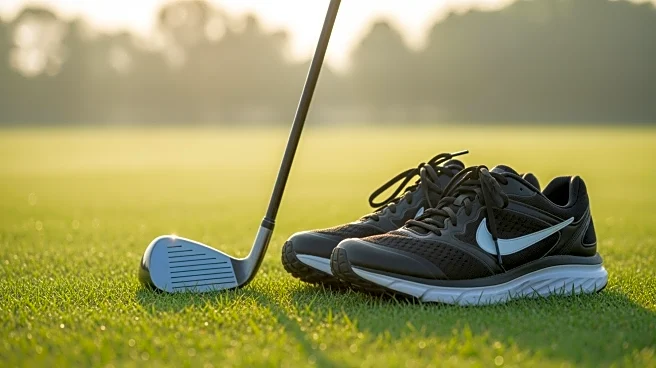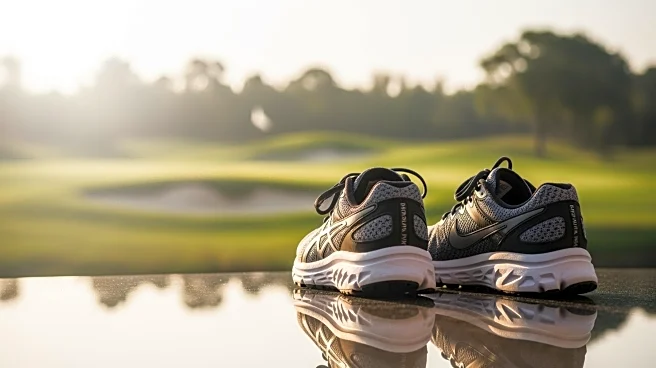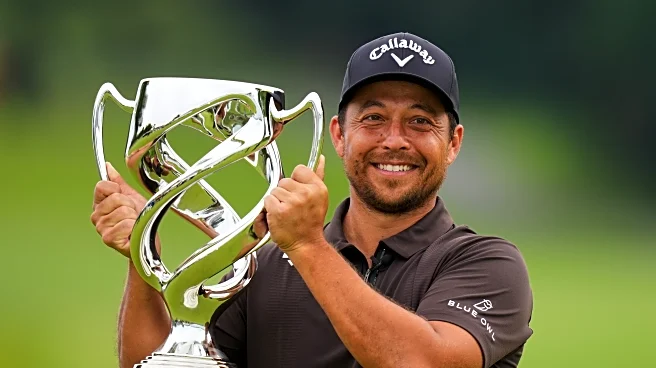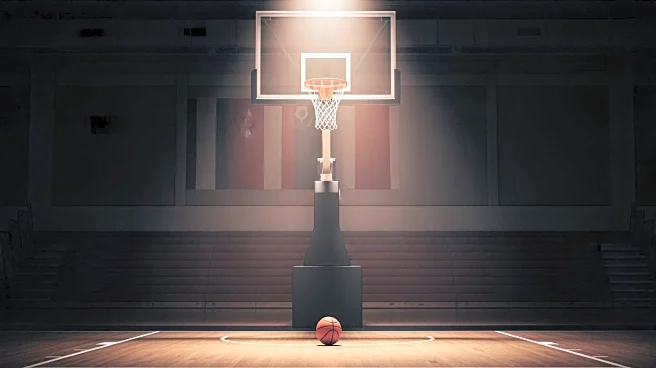What's Happening?
Tiger Woods, the renowned golfer, has recently undergone lumbar disc replacement surgery, marking his seventh back surgical procedure. This surgery has raised questions about his ability to return to competitive
golf. Despite the uncertainty surrounding his competitive comeback, Woods has announced that he will be present for every match at the Jupiter Links Golf Club during the upcoming TGL season. He expressed his enthusiasm for the season opener scheduled for January 13th. Woods has not played competitive golf since the start of the season, and his last official tournament was the 2024 Open Championship, where he missed the cut.
Why It's Important?
Tiger Woods' announcement is significant for the golf community and his fans, as it provides a glimmer of hope for his return to the sport, albeit in a non-playing capacity for now. His presence at the matches could boost attendance and viewership, given his status as a golf legend. The announcement also highlights the challenges athletes face with injuries and recovery, especially in sports demanding physical endurance. Woods' involvement in the TGL season could influence the league's popularity and attract more attention to the matches, benefiting the sport's growth and engagement.
What's Next?
While Woods' competitive return remains uncertain, his presence at the TGL matches could pave the way for future involvement in golf, potentially in roles beyond playing. As the tournament host for the Hero World Challenge, Woods might still appear in a non-playing role, possibly presenting the trophy to the winner. His recovery progress will be closely monitored, with fans hoping for a competitive return by the 2026 Masters, although this remains optimistic. The golf community will be watching for any updates on Woods' health and potential participation in future tournaments.
Beyond the Headlines
Tiger Woods' situation underscores the broader issue of athlete health and the impact of injuries on sports careers. It raises questions about the long-term effects of repeated surgeries and the balance between recovery and competitive aspirations. Woods' journey may inspire discussions on athlete welfare and the importance of medical advancements in sports medicine. His story could also influence younger athletes in managing their careers and health, emphasizing the need for resilience and adaptability in the face of physical challenges.












